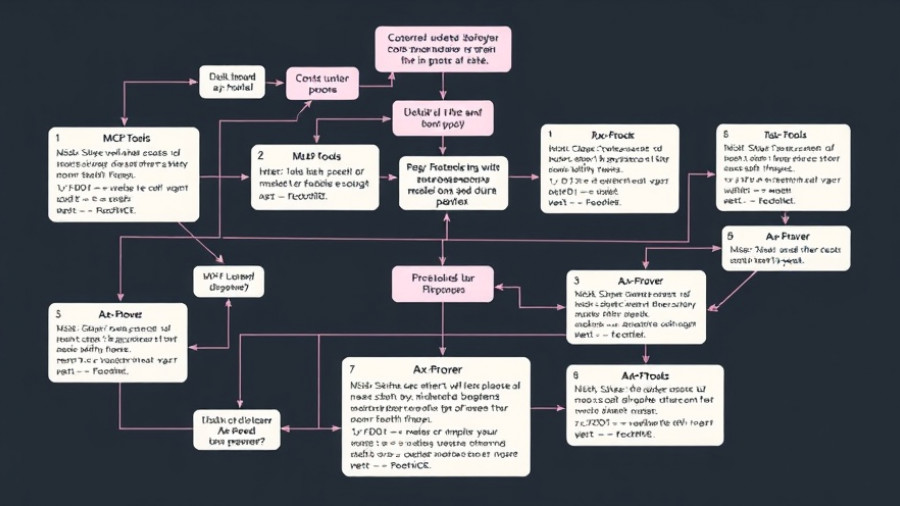
OpenAI's Deep Research Technology Shatters Records in AI Testing
In a remarkable showing of progress in artificial intelligence, OpenAI's latest model, Deep Research AI, has achieved a stunning 26.6% accuracy on the notoriously challenging 'Humanity's Last Exam'. This represents an extraordinary 183% increase in performance within just two weeks of the exam's launch, setting a new benchmark in the realm of AI capabilities. The exam, designed to test complex reasoning and analytical prowess, has made waves in the AI community, captivating both enthusiasts and skeptics alike.
The Significance of 'Humanity's Last Exam'
The 'Humanity's Last Exam' represents one of the toughest benchmarks created for AI systems, challenging models with a diverse array of intricate reasoning problems. Featuring 2,700 difficult questions across over a hundred subjects, this exam pushes AI to its limits, reflecting both its potential and current limitations. While Deep Research's accuracy of 26.6% sounds low in human terms, it is significant progress when compared to the performances of other models.
AI's Competitive Landscape: Performance Comparisons
Although OpenAI's Deep Research has taken the lead, other competitors like ChatGPT o3-mini and DeepSeek have shown notable results as well, with the former scoring between 10.5% and 13%. These varying performances highlight the challenges AI faces in achieving human-like reasoning and the growing competition among AI developers to enhance models continually. This race to improve yields insights into both the existing capabilities and the potential future of AI.
Implications for AI and Society
Deep Research's advancements, while impressive, incite important conversations about the implications of AI technologies in societal contexts. The potential for AI to complete tasks expeditiously, that would traditionally require human intellect, raises questions around employment and economic inequality. As organizations begin to adopt AI-driven solutions, tasks that once took hours could now be resolved in mere minutes. This shift bears the risk of job displacement within industries reliant on research and analysis, increasing the urgency for conversations around AI regulation.
Ethical Considerations and Future Directions
As AI models evolve towards higher capabilities, ethical concerns and potential misuse arise. Issues like bias in AI decision-making and the risk of disinformation campaigns highlight the need for robust ethical frameworks surrounding AI deployment. The responsibility for the ethical development of AI technologies will lie with both developers and regulatory bodies, emphasizing the need for cooperative approaches to managing these innovative yet powerful tools.
The Road Ahead for AI Reasoning
Despite the recent strides OpenAI's Deep Research has made, achieving a 26.6% score on an exceptionally rigorous exam only underscores the complexities of AI reasoning compared to human cognition. Experts like Dr. Sarah Chen and Prof. Marcus Thompson recognize that while progress is being made, significant barriers still exist in replicating the nuanced and multidimensional aspects of human reasoning. Future efforts in AI research will inevitably focus on overcoming these challenges, striving towards more robust, ethical, and capable models.
Conclusion: A New Era for AI
The impressive performance of OpenAI's Deep Research signifies not just a technological breakthrough, but a stepping stone towards a future where AI could play an integral part in various sectors such as healthcare and education. However, as AI systems become more prevalent, the balance between innovation and ethics must be maintained. Stakeholders in technology, academia, and governance must collaborate to ensure that AI's evolution serves the greater good, fostering advancements that benefit society while mitigating risks related to job displacement, data privacy, and ethical standards.
Consider exploring how the rapid evolution of AI might impact your field, from research to professional practices. Engaging with these developments opens up opportunities to leverage cutting-edge technology responsibly.
 Add Row
Add Row  Add
Add 




Write A Comment